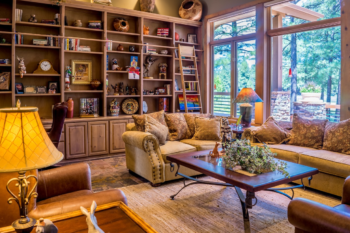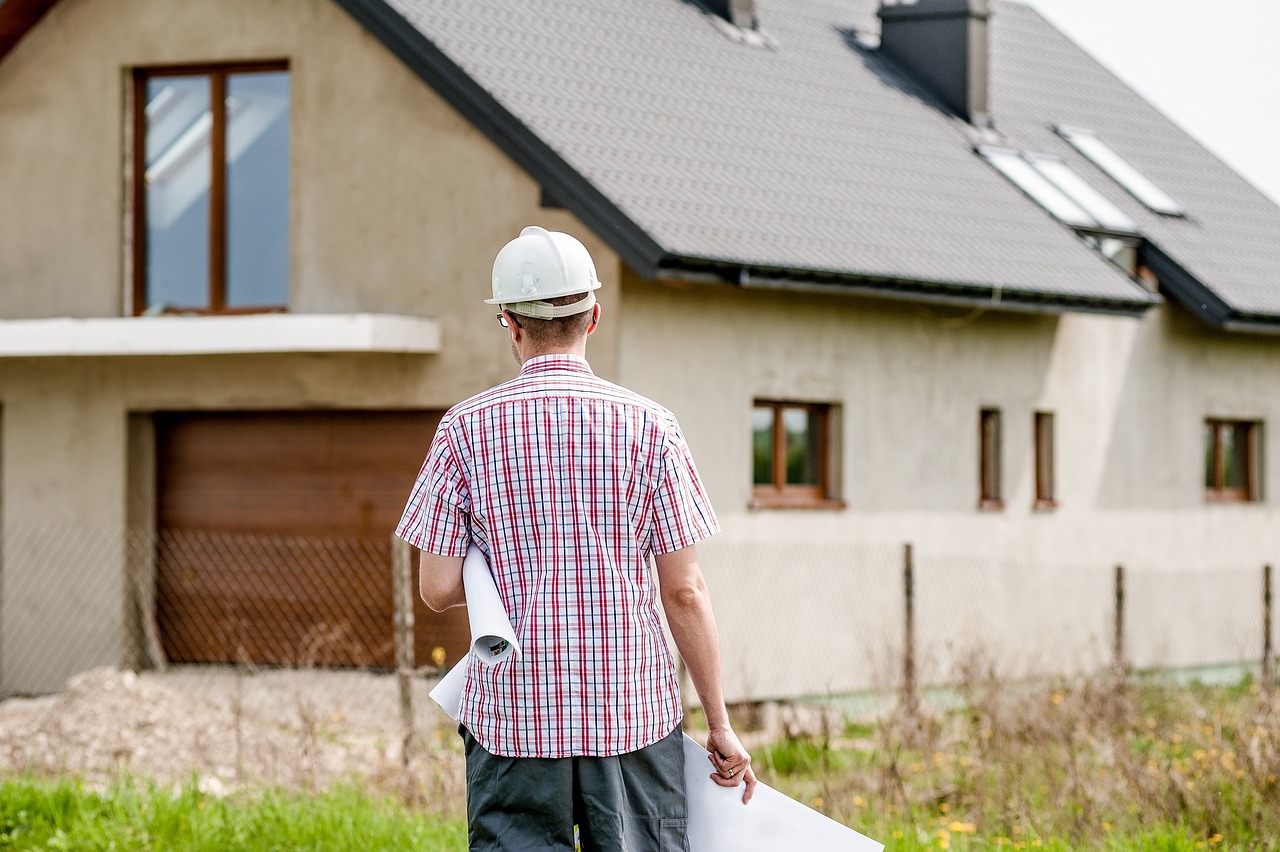Proper drainage is an essential issue for many homeowners. Many homeowners tend to feel overwhelmed about drainage problems. Their yards can turn into lakes due to heavy rains. Many homeowners struggle with these problems and turn to contractors. It would be a wonderful world if everyone was honest and all business owners were experts in their field. However, we don’t live in a perfect universe.
There are landscape contractors who do not know proper drainage techniques. If you want to install a drainage system in your garden, it should be higher than where the water will drain. The length of your drainage system will determine the height of your yard. Besides, you can check out organizewithsandy.com to discover tips to create better drainage in your backyard. These are some simple things you can do to improve your drainage system;

Prepare the Materials and Plans
To have an adequate slope, you need to have at least one inch of grade for every ten feet of drainage pipe. For example, if you have one hundred feet of drainage pipe, the road should be ten inches below the point of the catch basin. If your yard does not have enough slope, consider other options. These include laying dirt, elevating the yard, and draining water into sump pump boxes. The latter option requires the installation of a hole twice the size of the drain pans. Gravel should be placed around the sumps to allow water to percolate.
Although these ideas can only be used in extreme cases, there will be a solution for it. A drainage specialist can install a drain to create a slope in the backyard. The tilt will allow the water to drain faster, but it will not be as effective. Incorporate gutter downspouts into the drainage system to direct water away from the yard. These are all options that an experienced drainage specialist can review and help you decide which drainage option is best for you.
Determine the Drainage System
Concrete catch basins are approved for both residential and commercial use. They are typically 10 inches by 10 inches and have metal grates. Although they are sturdy, they can become a nuisance in a beautiful setting. Next up are the plastic drain pans. These are made by many different companies and are designed to last a long time. There are many different sizes and shapes for these drainage basins. We recommend no smaller than 9 x 9 inches for patio drainage basins and 6 inches round for garden drainage basins. Drainage professionals prefer these drainage basins because they are more flexible and easier to manage.
For different purposes, these drainage basins can be fitted with different grates (lids). These include flat green grates for lawns and flat black grates for other applications such as stones or flower beds. Atrium grates are dome-shaped grates that allow water to flow through the grates when they become clogged. Atrium drainage grates can be removed after each storm. Because of their domed shape, they are not visible in the landscape.
Hire a Drainage Specialist
 Some people might think that they can install the drainage system by themselves. However, hiring an expert worth considering if you aim to prevent mulch from clogging the drains. Some drainage professionals prefer to make their catch basins out of brick and mortar. The reason is that the pipe can be raised to the desired height. A few inches can make the difference between successful and unsuccessful drainage. Therefore, it is crucial to ensure the drainage service provider uses apparent catch basins and not a four-inch grate at the end of the fitting.
Some people might think that they can install the drainage system by themselves. However, hiring an expert worth considering if you aim to prevent mulch from clogging the drains. Some drainage professionals prefer to make their catch basins out of brick and mortar. The reason is that the pipe can be raised to the desired height. A few inches can make the difference between successful and unsuccessful drainage. Therefore, it is crucial to ensure the drainage service provider uses apparent catch basins and not a four-inch grate at the end of the fitting.





